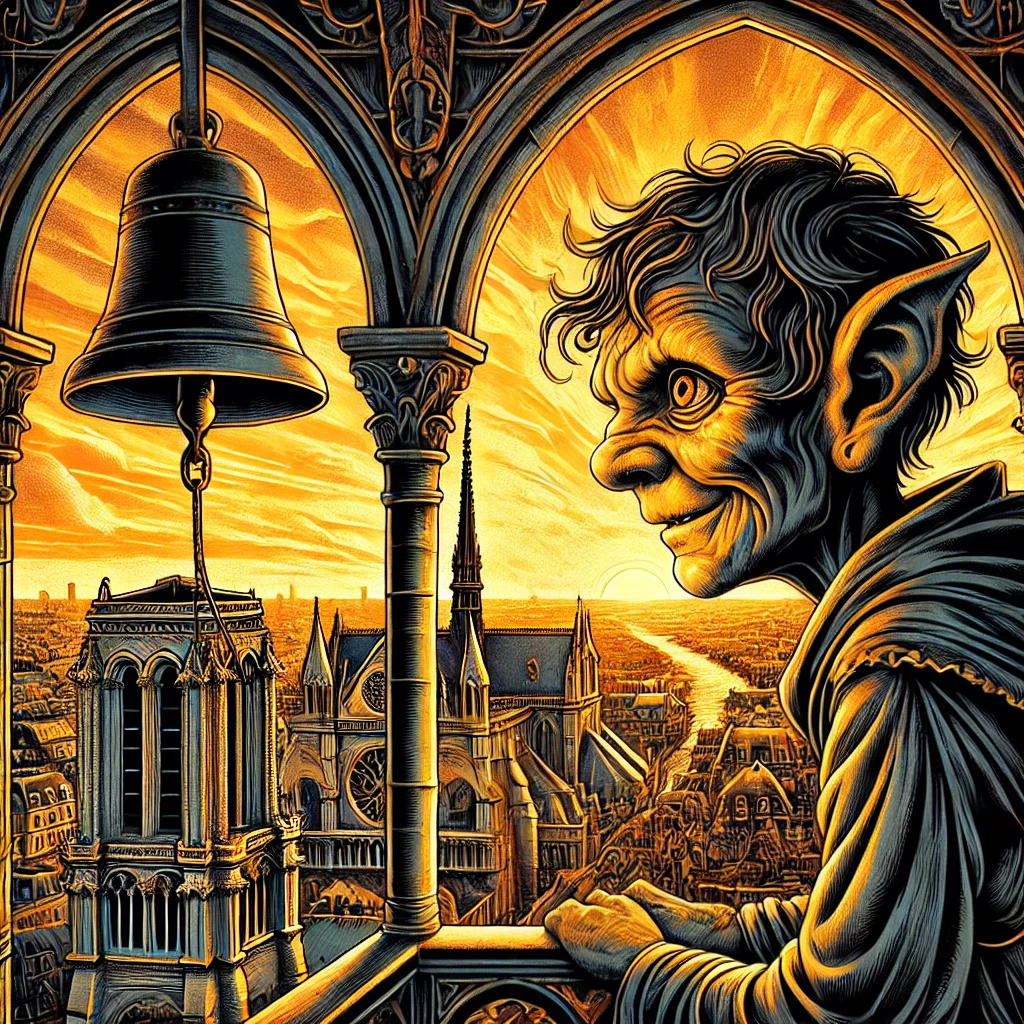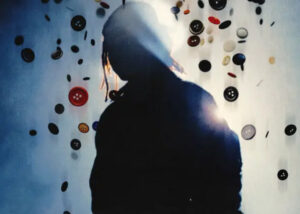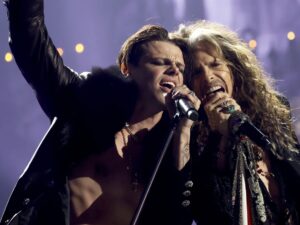Released in 1996, Disney’s The Hunchback of Notre Dame brought Victor Hugo’s 1831 novel Notre-Dame de Paris to life for a new generation. Known for its vivid animation, memorable music, and deep themes, the film is a unique entry in Disney’s Renaissance era, blending the studio’s signature charm with the darker tones of Hugo’s original story.
A Bold Adaptation of a Gothic Classic
While Victor Hugo’s The Hunchback of Notre Dame is a deeply tragic tale set in 15th-century Paris, Disney reimagined the story with a more family-friendly lens. The film retains key characters like Quasimodo, the deformed bell-ringer of Notre Dame Cathedral; Esmeralda, the kind-hearted Romani woman; and Claude Frollo, the tyrannical antagonist. However, the tone is softened, and the narrative is adjusted to align with Disney’s audience.
Despite these changes, Disney’s version is notable for addressing complex themes like social prejudice, justice, and inner beauty, which resonate with the original text. The studio also preserved much of the Gothic grandeur of Hugo’s setting, showcasing the Notre Dame Cathedral as a central character through its stunning animation.
Quasimodo: The Hero Reimagined
In Hugo’s novel, Quasimodo is a tragic figure defined by his isolation and loyalty to Esmeralda, whom he loves unconditionally. Disney’s adaptation gives Quasimodo a more optimistic arc. Voiced by Tom Hulce, Quasimodo is portrayed as a sympathetic underdog yearning for acceptance and freedom. His relationships with Esmeralda and the comedic gargoyle trio—Victor, Hugo, and Laverne—highlight themes of friendship and self-discovery.
This version of Quasimodo remains true to the essence of Hugo’s character while making him relatable and inspiring for a younger audience. Disney emphasizes his inner beauty and moral courage, culminating in a triumphant ending that celebrates his individuality.
Esmeralda: A Symbol of Justice
Esmeralda, played by Demi Moore, is as much a symbol of compassion and defiance in Disney’s version as she is in Hugo’s novel. The film portrays her as a fierce advocate for justice, standing up to Frollo’s tyranny and embracing Quasimodo as a friend. Esmeralda’s musical number, “God Help the Outcasts,” underscores her selflessness and highlights the film’s critique of social inequities.
In contrast to Hugo’s tragic ending for Esmeralda, Disney allows her to survive, reinforcing the studio’s tradition of hopeful conclusions. This change redefines her character as a beacon of resilience and empowerment for modern viewers.
Claude Frollo: Disney’s Darkest Villain
One of Disney’s most complex antagonists, Judge Claude Frollo is a departure from Hugo’s archdeacon but remains a chilling presence. Voiced by Tony Jay, Frollo’s obsession with Esmeralda and his ruthless pursuit of control make him one of the studio’s most menacing villains. His solo number, “Hellfire,” is a standout moment, exploring themes of guilt, lust, and religious hypocrisy rarely tackled in animated films.
Disney’s Frollo is a nuanced villain, representing the destructive power of unchecked authority and prejudice. His characterization retains the moral ambiguity of Hugo’s original while adding layers of psychological depth.
The Cathedral: A Gothic Marvel
As in Hugo’s novel, Notre Dame Cathedral is more than a setting—it is a character in its own right. Disney’s animators meticulously recreated the cathedral’s architecture, infusing the film with a sense of Gothic grandeur. Sweeping aerial shots and detailed depictions of gargoyles, stained glass, and spires showcase the building’s majesty, paying homage to the novel’s role in reviving interest in Gothic architecture.
The film’s opening sequence, “The Bells of Notre Dame,” underscores the cathedral’s importance as both a symbol of sanctuary and a witness to the unfolding drama. This reverence for Notre Dame ties the film to Hugo’s vision while grounding the narrative in its historical setting.
The Music: A Triumph of Emotion
Composed by Alan Menken with lyrics by Stephen Schwartz, the film’s score is among Disney’s most ambitious. Songs like “Out There” and “God Help the Outcasts” convey Quasimodo’s longing and Esmeralda’s compassion, while “Hellfire” delves into Frollo’s inner torment. The music balances lighthearted moments, such as “Topsy Turvy,” with powerful ballads, creating a dynamic soundtrack that enhances the story’s emotional depth.
The use of Gregorian chants and orchestral arrangements reinforces the Gothic atmosphere, setting The Hunchback of Notre Dame apart from other Disney musicals. The score bridges the gap between Hugo’s somber themes and Disney’s uplifting tone.
Balancing Darkness and Hope
Disney’s The Hunchback of Notre Dame is often praised for its willingness to tackle mature themes, from religious zealotry to social injustice. While the studio softened some of the novel’s darker elements—such as Quasimodo’s unrequited love and Esmeralda’s tragic fate—it retained enough complexity to stand out among animated films.
The film’s conclusion diverges significantly from Hugo’s: Frollo meets his end, Quasimodo finds acceptance, and Esmeralda’s story is one of survival rather than sacrifice. These changes offer a hopeful message about the triumph of compassion and inner strength over prejudice and fear.
Impact and Legacy
Though not as commercially successful as other Disney Renaissance films, The Hunchback of Notre Dame has gained a devoted following over the years. Its bold storytelling, compelling characters, and groundbreaking music have earned it critical acclaim and a place in Disney’s pantheon of classics. The film also introduced Hugo’s story to a global audience, inspiring interest in the original novel and the iconic Notre Dame Cathedral.
In retrospect, Disney’s adaptation stands as a testament to the studio’s ability to reimagine classic literature while making it accessible and meaningful for contemporary audiences. By balancing the Gothic gravitas of Victor Hugo’s work with the warmth and optimism of a Disney film, The Hunchback of Notre Dame remains a unique and enduring contribution to the world of animation.
No comments yet.







